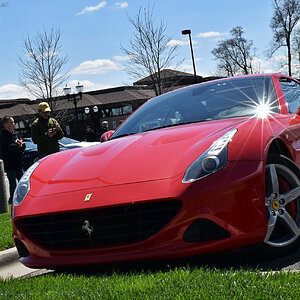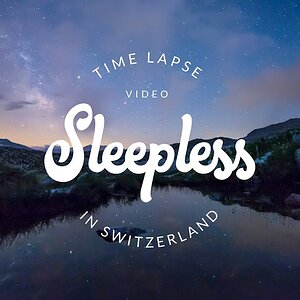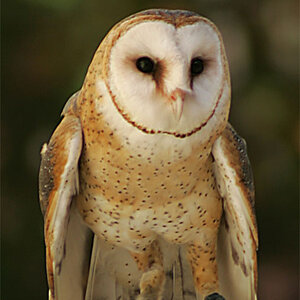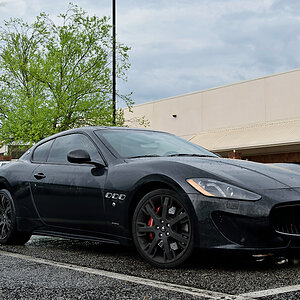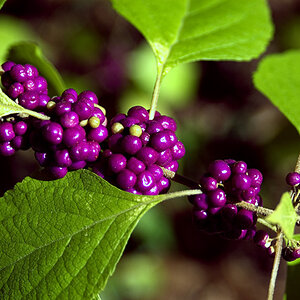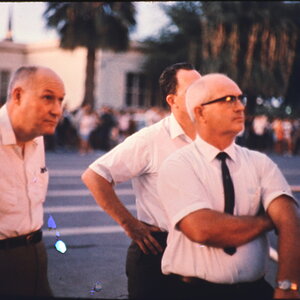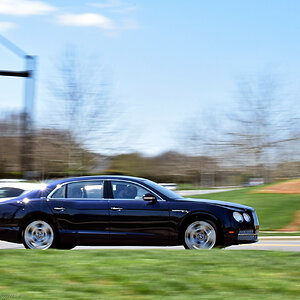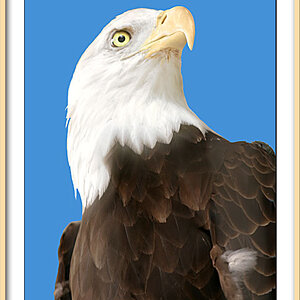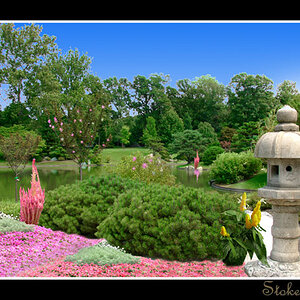PatrickCheung
TPF Noob!
- Joined
- Jul 1, 2009
- Messages
- 319
- Reaction score
- 8
- Location
- Markham, ON
- Can others edit my Photos
- Photos OK to edit
i've had my Sb-600 for the past two weeks... i'm loving it, but i dont exactly know how to use it... i kind of just guess. most of the time i use it on manual. i just have a few questions... i use this on a d60 btw.
1. i always find myself wasting time taking test shots and readjusting my speedlight settings before finding the right ones... and i see people that attach their light, push a few buttons, shoot, and get good results on the first try... is it just a matter of practice, or is there some kind of rule/formula to know what values to set your flash power and flash compensation to?
2. whenever i want both a properly exposed background and foreground, i just set it to TTL BL mode, i don't really know how to do this with manual mode... D: i guess my question is... how do i expose both background and foreground properly with manual mode?
to all who took their time to read and answer this, thanks a LOT.
1. i always find myself wasting time taking test shots and readjusting my speedlight settings before finding the right ones... and i see people that attach their light, push a few buttons, shoot, and get good results on the first try... is it just a matter of practice, or is there some kind of rule/formula to know what values to set your flash power and flash compensation to?
2. whenever i want both a properly exposed background and foreground, i just set it to TTL BL mode, i don't really know how to do this with manual mode... D: i guess my question is... how do i expose both background and foreground properly with manual mode?
to all who took their time to read and answer this, thanks a LOT.


